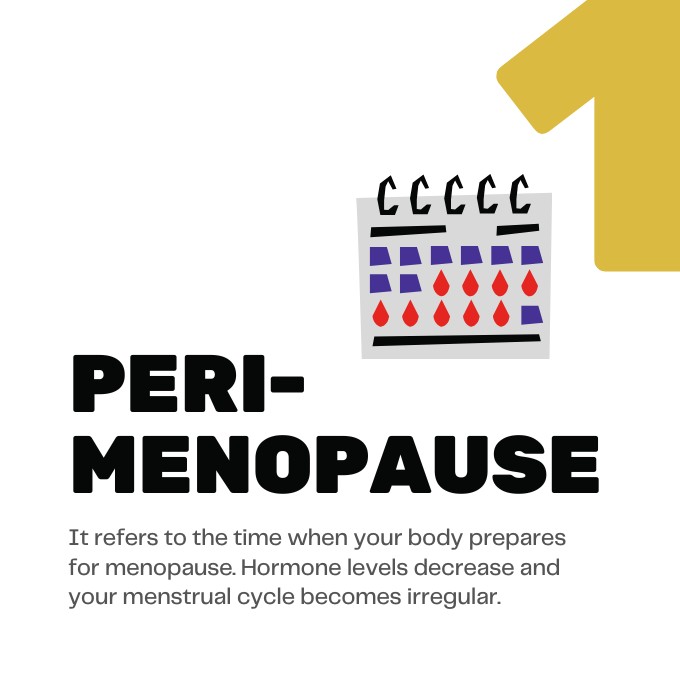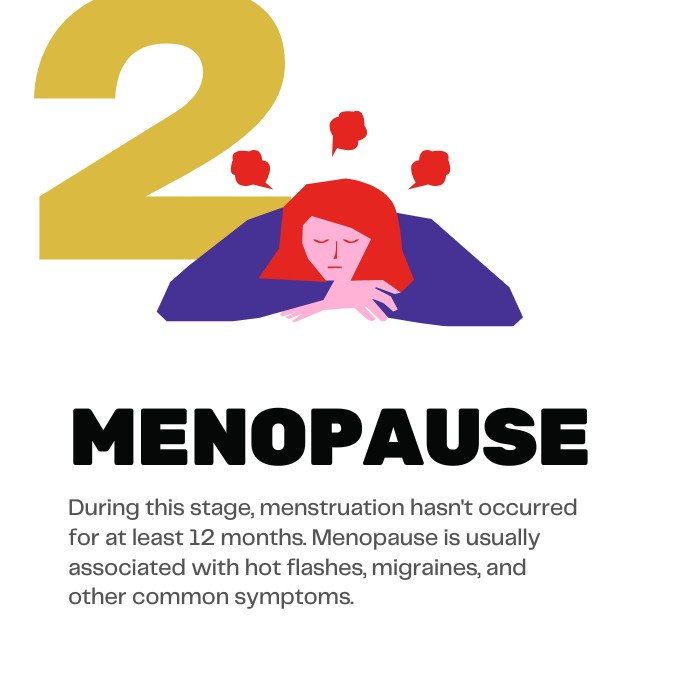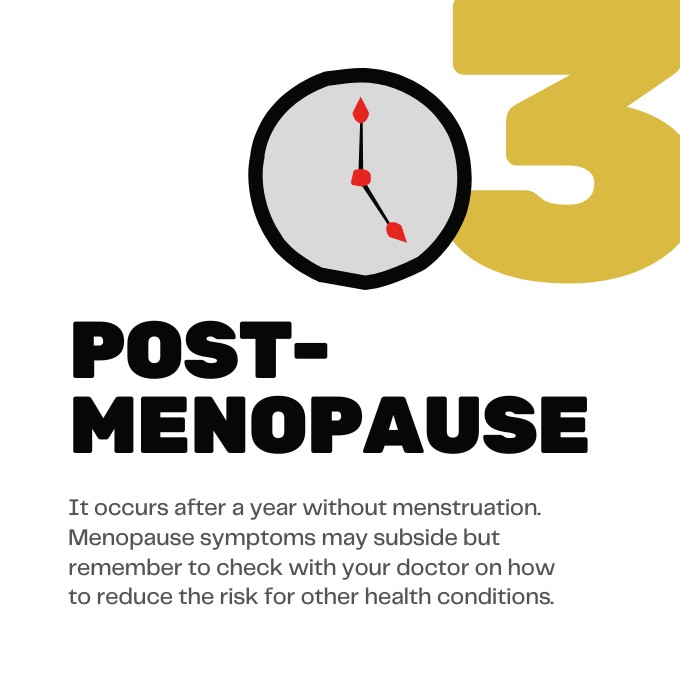-
WellnessWomenMenInfusionOur ShopBHRT Clients
Hot flashes, night sweats, mood swings, and changes in energy can be overwhelming. But many women wonder: “Am I in menopause, or is this perimenopause?”
While the terms are often used interchangeably, they refer to different stages of hormonal change. Understanding the difference helps you know what’s happening in your body — and what you can do to feel better.
Perimenopause means “around menopause.” It’s the transition phase leading up to menopause when estrogen and progesterone levels begin to fluctuate.t. Ut elit tellus, luctus nec ullamcorper mattis, pulvinar dapibus leo.

Irregular periods (longer, shorter, heavier, or lighter)
Hot flashes and night sweats
Mood swings, anxiety, or irritability
Sleep disturbances
Decreased libido
Weight changes, especially belly fat
Perimenopause usually begins in a woman’s 40s, but it can start as early as the mid-30s. This stage can last anywhere from 4 to 10 years.
Menopause is officially diagnosed when you’ve gone 12 months without a menstrual period. At this point, the ovaries stop producing estrogen and progesterone at previous levels.

Hot flashes and night sweats (sometimes persisting from perimenopause)
Vaginal dryness and discomfort during intimacy
Thinning hair and dry skin
Fatigue and low energy
Increased risk of osteoporosis and heart disease due to hormone decline
Menopause typically occurs between ages 45 and 55, with the average in the U.S. being 51.
Perimenopause and menopause share many of the same symptoms, but the key difference is periods:
If you’re still having cycles (even irregular ones), you’re in perimenopause.
If you’ve gone a full year without a period, you’re in menopause.

After menopause, you enter the postmenopausal stage. Symptoms like hot flashes may continue for years, but the focus shifts to long-term health:
Bone health (osteoporosis prevention)
Heart health
Skin and hair changes
Maintaining energy and muscle mass
Eat a balanced, nutrient-dense diet rich in calcium, vitamin D, and protein.
Exercise regularly with strength training to protect bone and muscle.
Prioritize sleep and stress management to stabilize hormones.
Bioidentical Hormone Replacement Therapy (BHRT): Helps balance estrogen and progesterone, reducing hot flashes, night sweats, mood swings, and vaginal dryness.
Supplements: Omega-3s, magnesium, and herbal remedies may support mild symptoms.
Medical treatments: Vaginal estrogen, bone density therapies, or other individualized care may be recommended.

Perimenopause = transition years before menopause, marked by fluctuating cycles and hormone shifts.
Menopause = officially begins after 12 months without a period.
Both stages bring symptoms like hot flashes, mood swings, and sleep changes.
Lifestyle strategies and hormone therapy can provide relief and improve quality of life.
Unsure if you’re in perimenopause or menopause? At Central Wellness in Billings, MT, we provide advanced hormone testing and treatment options to help you feel your best through every stage of life. Schedule your consultation today.